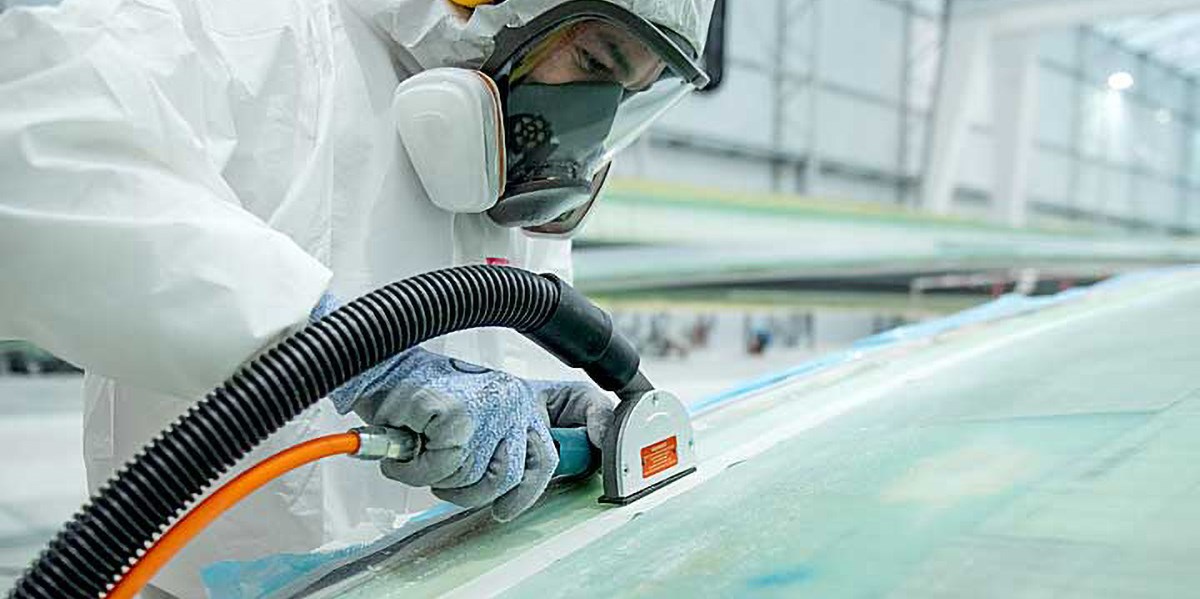Les systèmes d'aspiration Dynabrade sont classés classe II, ce qui est idéal pour collecter les poussières combustibles. La classe M convient aux zones générales, tandis que la division 1 traite les poussières métalliques (risque d'explosion) et la division 2 les poussières non métalliques. Le choix du bon système dépend du type de poussière et du niveau de risque.

Understanding local regulations, standards, and recommendations is important when determining the division and class type of vacuums required for your facility. What type of class and division is right for your application? Let's break down what class and division represents in dust collection.
Class is determined by the types of hazardous materials that are present.
Class I locations have flammable gases or vapors. Class II locations have the presence of combustible dust. Class III locations are hazardous because of the easily ignitable fibers or where those fibers are not as likely to be suspended in the air in quantities that produce an ignitable threat.
Dynabrade's vacuum systems are all Class II rated.
What class and division vacuum is right for your application?
The key in determining what is the best solution for you starts with what type of dust you are collecting. From there, it can be determined how combustible the dust is and what class and division would work best for your application.